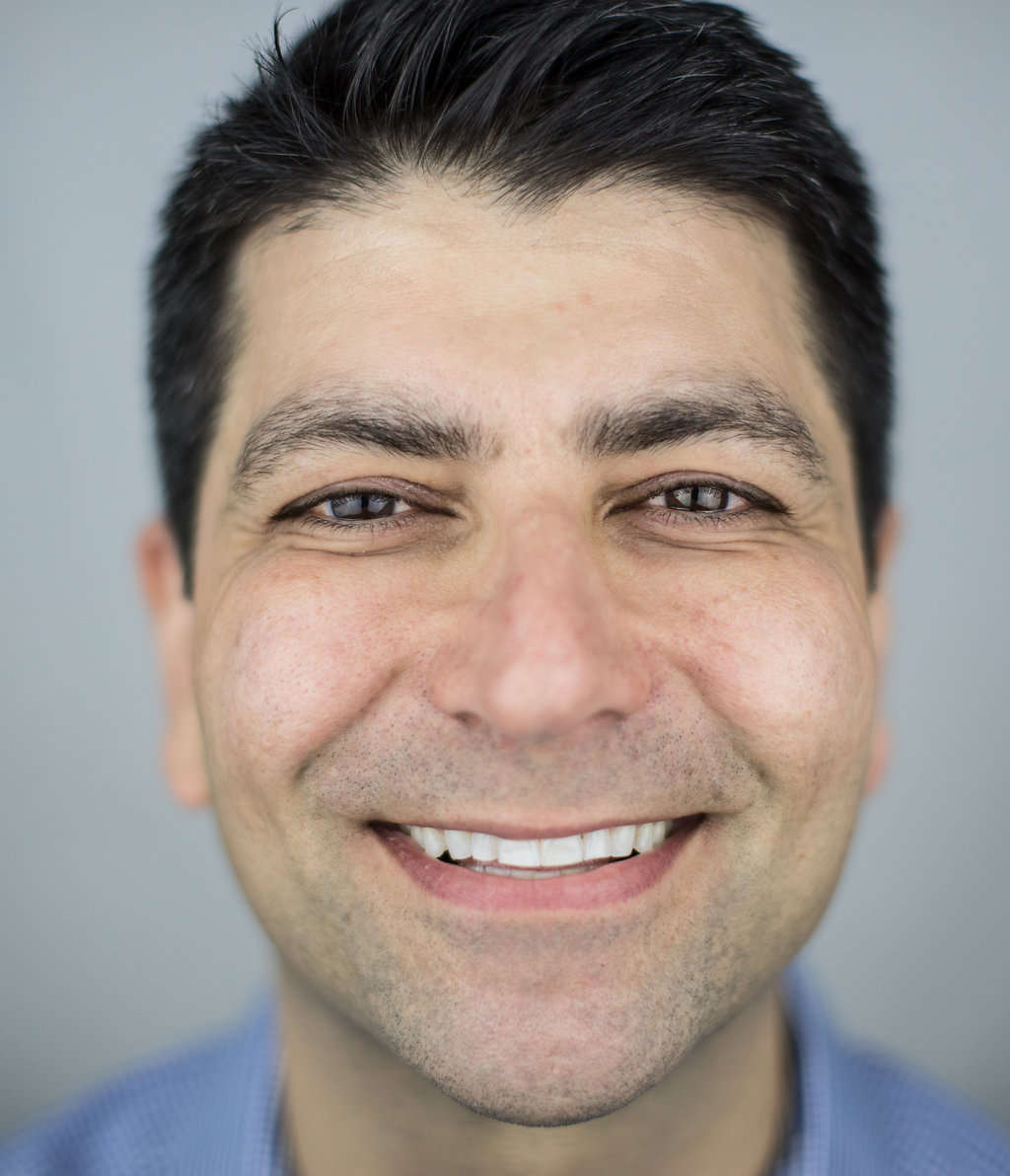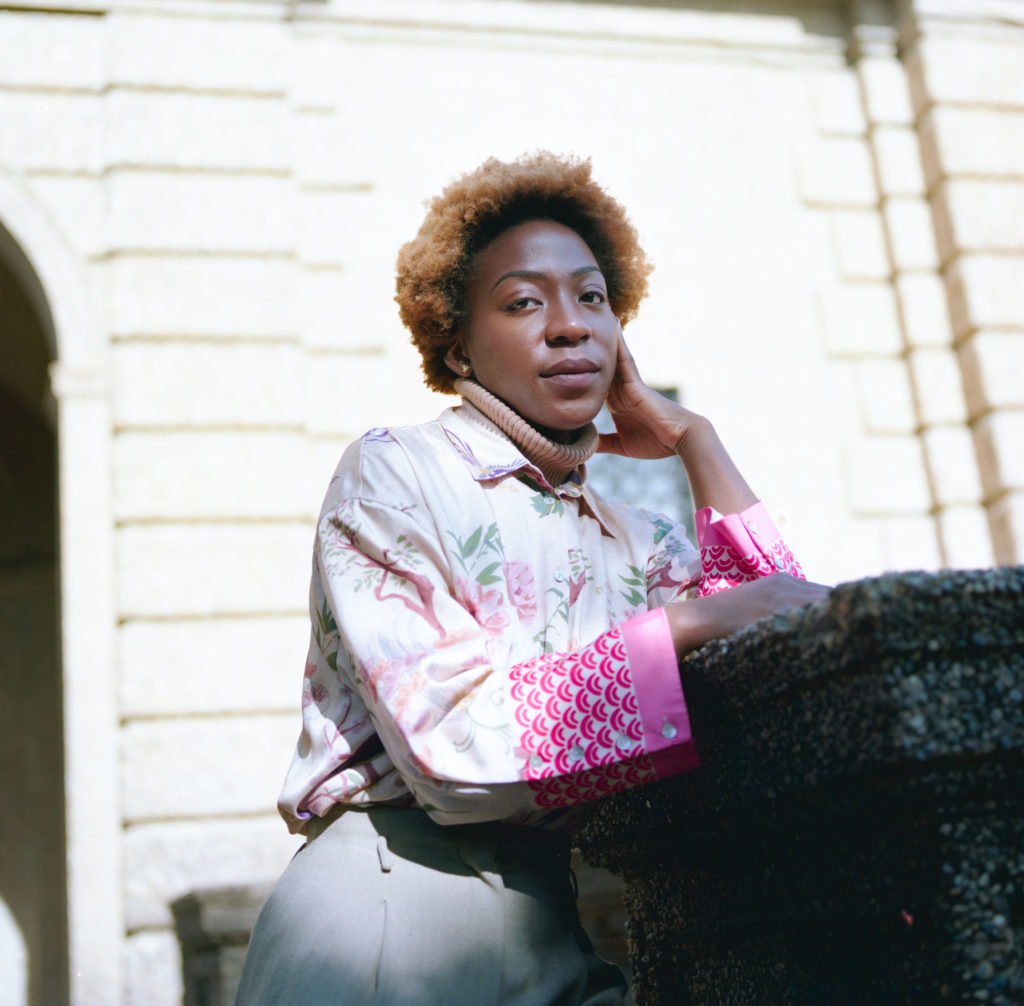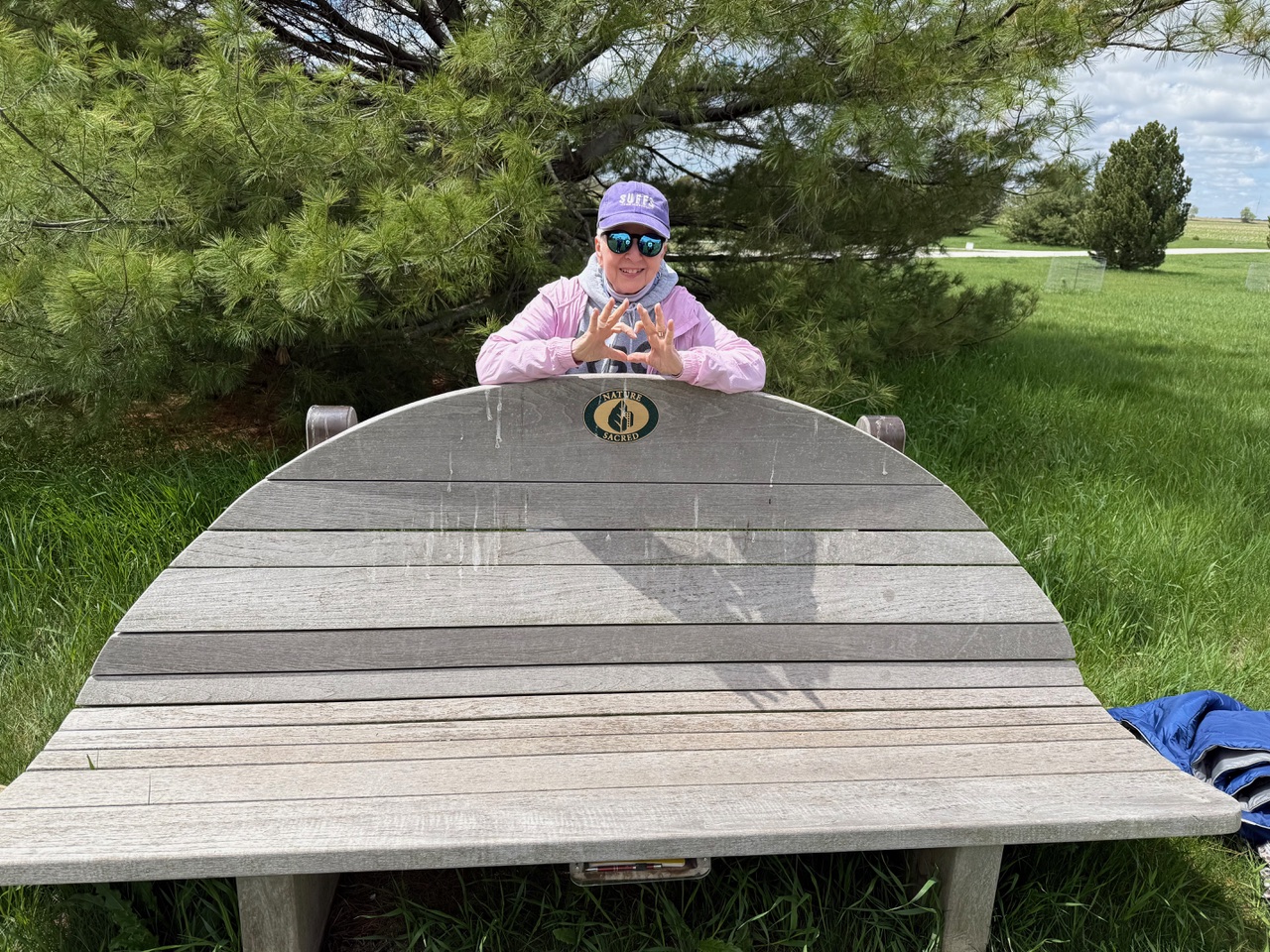John Corea
John Corea, a public policy research manager for the biopharmaceutical industry, bought a house in the Bloomingdale neighborhood of Washington DC in 2002. He quickly became intrigued by—and then obsessed with—a plot of land behind his house that was collectively owned by the community.
Nestled between two city streets, Crispus Attucks Park is a “unique space: a hidden 1.06-acre oasis of flowers, trees, and grass, stretching the length of a city block and the width of a half-dozen rowhouses”, per their website.
John was quick to join a small band of impassioned neighbors who were working to revitalize the park. They entertained all manner of uses for the space: a basketball court, a dog run, a children’s playset, community garden plots, and even a giant gazebo. Consensus—and funding—were in short supply.
One over-arching need shook clear: they needed an oasis for the community. The neighborhood had seen its share of challenges, including many vacant and neglected homes, gang activity, and violence. Green spaces, even in a fairly verdant city such as DC, were not immediately accessible. And thusly, the notion of a TKF Sacred Place was born in the form of a Memory Garden tucked inside the park.
The [Nature Sacred] ideas of “journey”, “arrival” and “connecting with nature” — what a perfect description of the experience someone would have if they were walking through the neighborhood, for some reason walked through the alley, and stumbled upon this improbable little park.
As Firesoul, John serves a kind of dual role. First, as a kind of Sacred Place curator who helps to ensure the garden continues to thrive—serving on its purpose of bringing people solace and togetherness in nature—through ongoing development, preservation, and maintenance.
Moreover, he also serves as a kind of community steward, a person who champions the use of the park by the community and inspires them to share its ownership. To John, the “open” aspect of the Sacred Place, the fact that it remains welcome to all, is of paramount importance. With a changing, diverse community that spans all kinds of divides of race, income, age, and more—this requires diligence and a little creativity. A highly groomed, more generic park would lack the welcoming charm of the garden’s thoughtful, sacred design.
“It’s the role of a Firesoul…to preserve the use of our green space as a Sacred Place where people can connect with nature, and through it to each other, or to something larger than themselves.
And how rewarding it is to see the community follow John’s lead. The journal entries house countless stories of gratitude—the surprise of newcomers stumbling upon the park by accident; visitors sharing personal stories of change, failures, successes; or friends simply enjoying the moment—that very moment in the sun or breeze—together.





